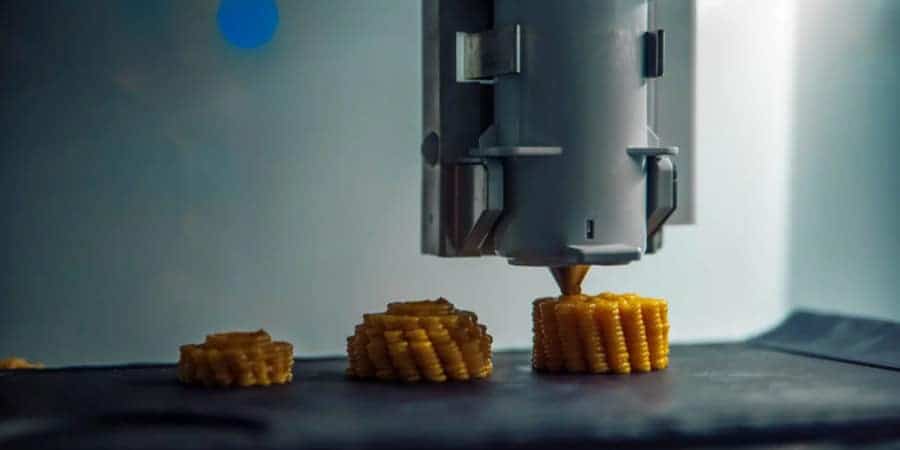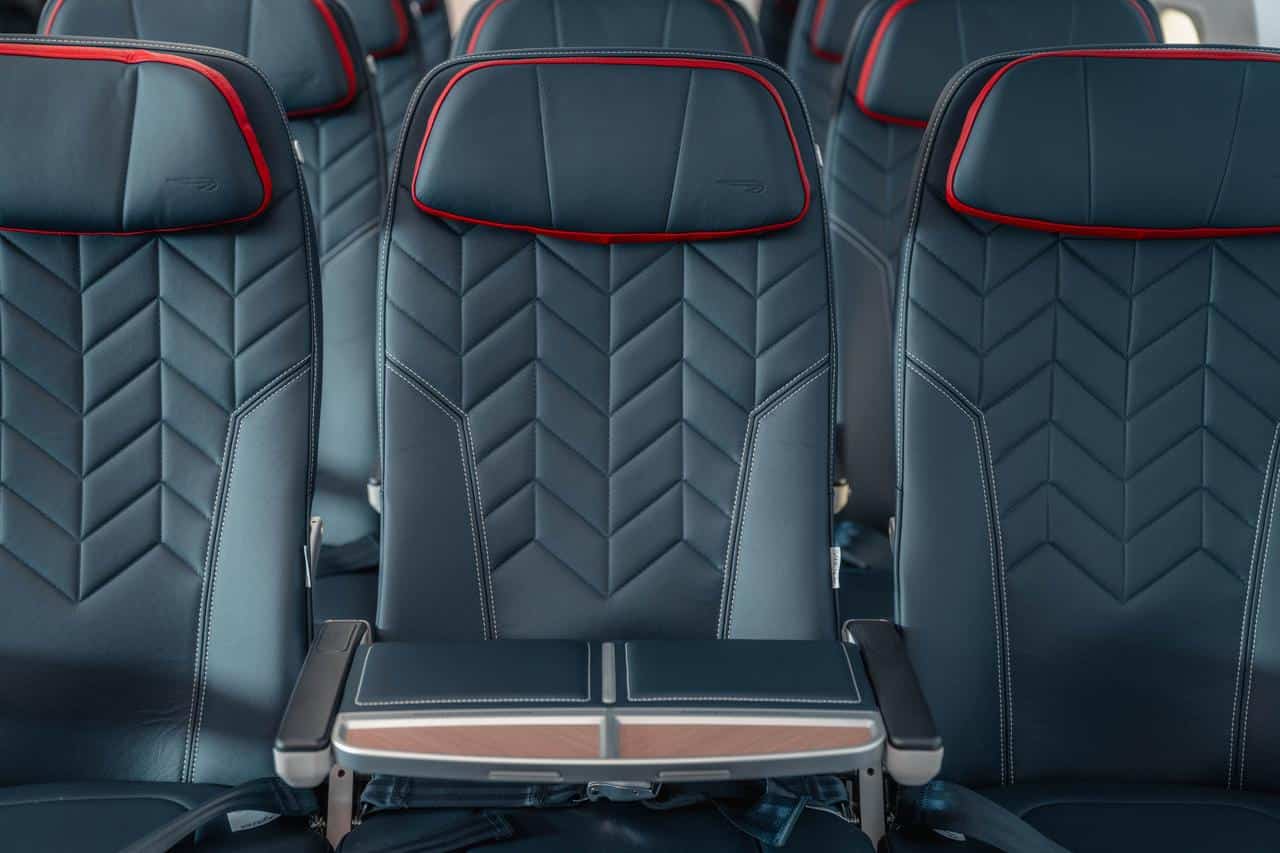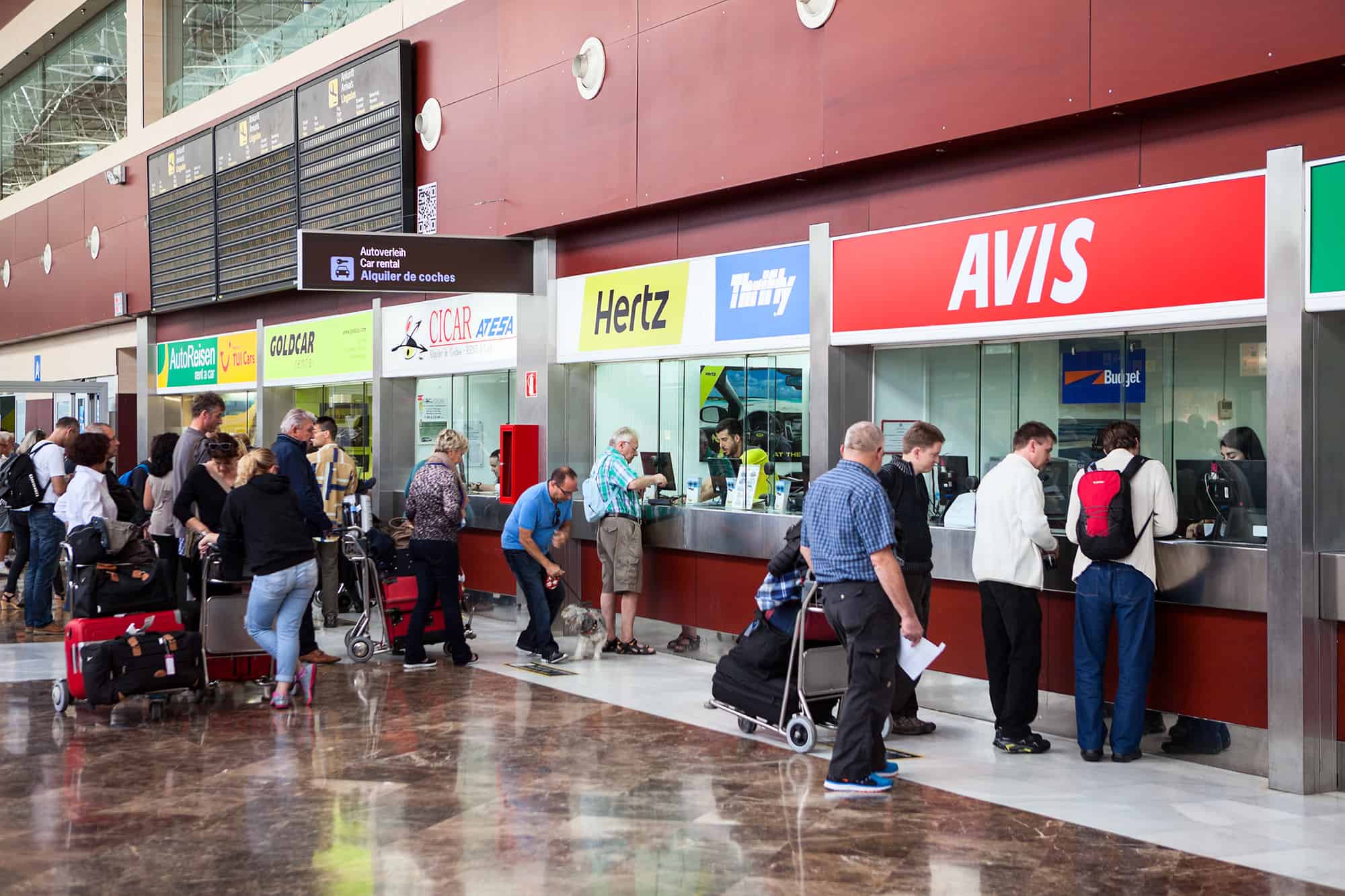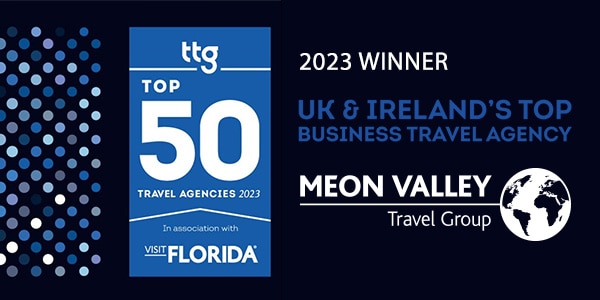Most of the press surrounding the future of flying business travel centres around environmental concerns, but alongside this trend runs another one, one that focusses not on reducing the resources necessary for commercial air flight, but rather on increasing the comfort and enjoyment of the experience.
These trends are not mutually exclusive; in fact, several of them assume a shift from traditional aircraft and fuel types to new types of aeroplane shape and source of thrust.
From this perspective, the future of flying is one of high-tech, customer-centric convenience, that won’t leave a trail of destruction in its wake.
Does this seem like fiction? Wait until you hear some of the predictions.
Tech, Tech, Tech
In the age of digital innovation, smart-homes and wearable devices, it’s no wonder that the future of air travel revolves around teching-up the experience.
For the Passenger
What will strike most veteran flyers right out of the gate – and even before it – is the move toward hyper-personalisation. The experience of flying, from the point of booking and boarding, through meals and entertainment, to the time you arrive at your home or final destination, will be designed to adapt to individual identity and preferences.

Airplane seats will employ biological scanners to determine passengers’ nutritional and psychological needs, to suggest food and drink to suit the individual. How does the provider ensure they have the right food on board? It will be produced, along with nutritional supplements, using an on-board 3D food printer. Imagine a thousand choices on your menu, and a hot, fresh meal every time.
Entertainment will be immersive, allowing passengers to experience Virtual Reality tours of the landscape below the aircraft, including sites like the pyramids of Egypt, the plains of Africa, the Eiffel Tower etc. Immersive games, films and experiences will be the norm, alongside traditional HD and audio entertainment.
Even ‘classes’ will morph from clear levels – economy, business, first – to a bespoke experience for each passenger in accordance with individual desires and budgets. Food, entertainment, lighting and temperature will adjust to the needs of each person, creating an experience that might well be unique to each traveller, for each flight.
For the Plane Itself
These features will be powered by alternative fuels, such as electricity, with mid-flight power stations enabling longer uninterrupted flights. Light-weight solar harvesting and ultra-streamlined, high-lift aircraft will increase efficiency and range as well.
The ability to fly very slowly over sites of interest, showing stunning views to passengers is also a goal. This will make the flight itself part of the destination, with passengers booking aerial views of the Parthenon, Mount Fuji, and other spectacles.

Ultra-Convenience
In addition to smart suggestions for nutrition and hydration while on board, taxis, hotels, and other services will automatically be booked, according to pre-selected settings, as passengers move through certain stages of the trip.
A taxi, for example, might be contacted as you walk through the end of the security process, enabling it to pull up just as you leave the building – no waiting for either party. Your hotel will be informed if your flight is delayed, holding your room for you or cancelling it as appropriate. Need to check in at the airport? It happens automatically as you walk into the building.
Home Comforts
Even if you aren’t travelling with your loved ones, you can connect with home via video calling and share the experience of your flight.
Rather than being stuck in your seat for the duration of the flight, common areas will allow socialising and freedom of movement whilst in flight. The high demand for this feature, especially in emerging markets throughout Asia and Africa, means that more of the plane will be opened up for lounges, viewing rooms, or areas to stretch and relax midway through a long flight.
Couple that with the custom menu, comforting hot or cold drinks, and quieter atmosphere of an electric aircraft, and the feeling of air travel won’t much resemble what we experience now.
Fiction?
Yes, this is all an optimistic dream right now, but don’t discount it. There was a time not long ago that mobile phones, wireless technology, nanotechnology, robots, and virtual reality were all considered impossible dreams by the majority of people. The thought of your own bed on board a plane? That was for presidents and kings. Regular people discounted all such dreaming as the realm of fools.
Those who didn’t discount them though, who thought that aeroplanes themselves were once considered an impossibility… those people forged ahead and made each of these things not only possible, but normal. Common even.
Those same type of people are developing more things now, designing and bringing into reality a wide range of fantastic technologies.
All of this may be the stuff of fiction right now, but in not-too-many years you may find yourself reclined on an electric aircraft, accepting a fresh cup of your favourite coffee offered by your personalised in-flight monitor, and mulling over what international meal you’d like to have after your virtual tour of Vatican City.
Oh, an immersive video call comes in from home… maybe you’ll take the tour a bit later, there’s no need to rush.
Need help organising your business travel? Get in touch with our travel experts






